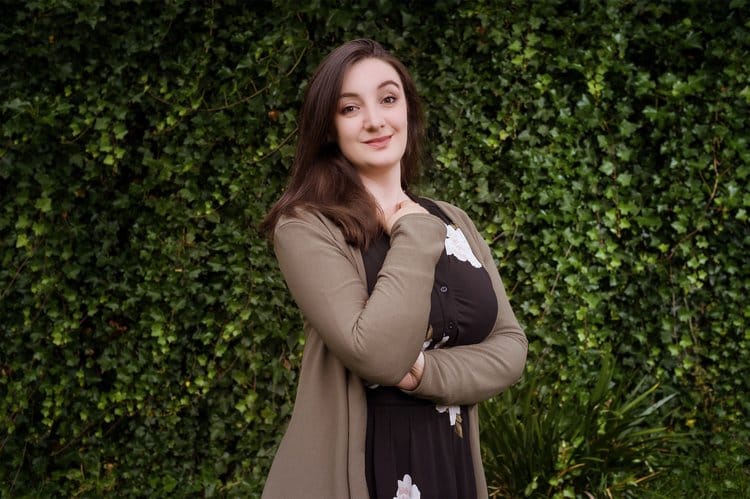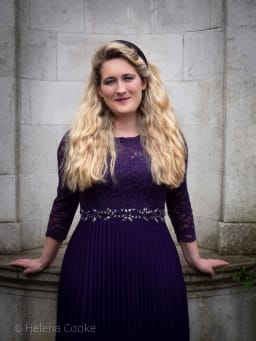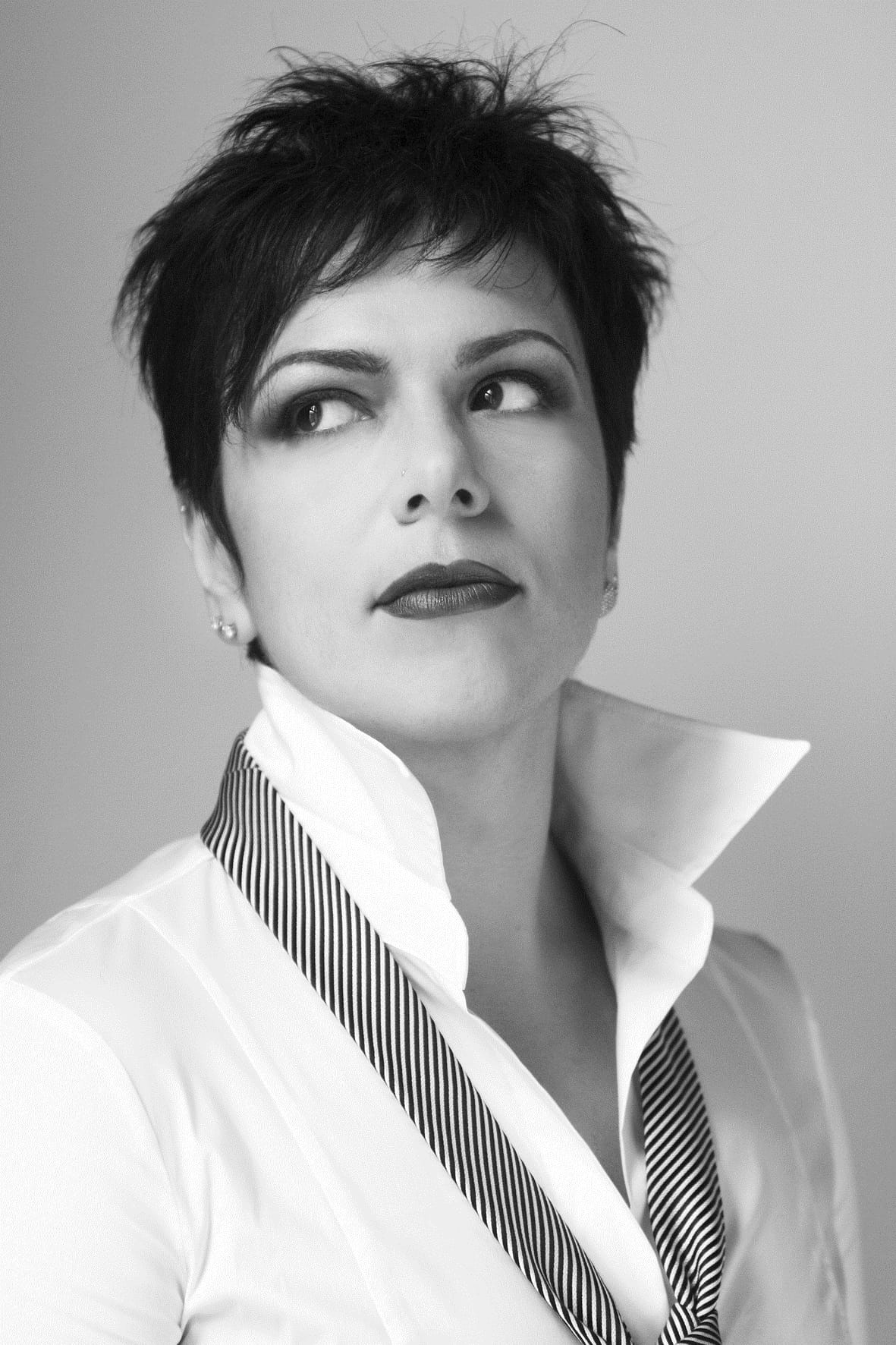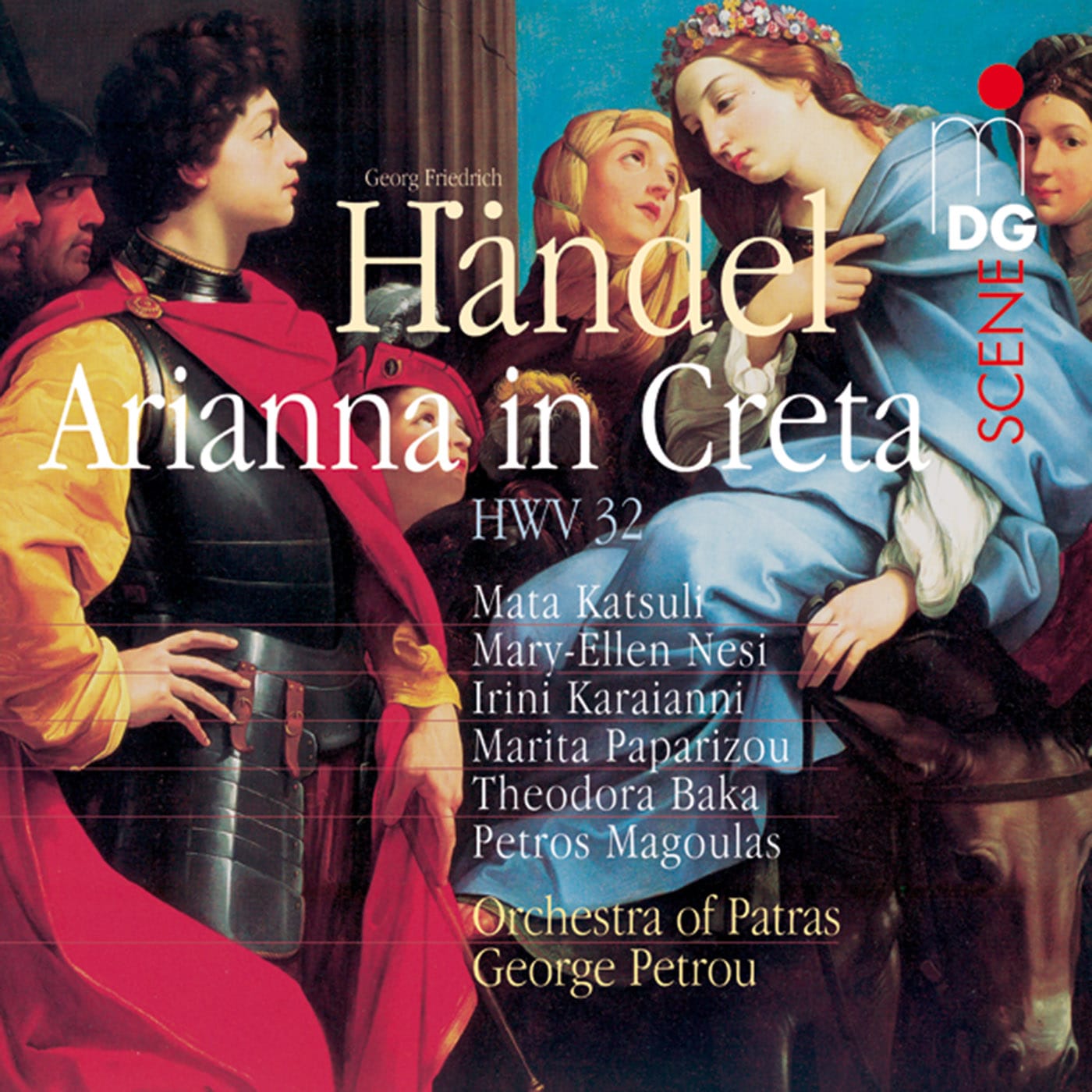
Handel’s Arianna: An unforgettable close to the London Handel Festival’s ‘Spring Awakenings’ festival
This is not the London Handel Festival’s first stab at Handel’s unjustly neglected opera, Arianna in Creta; it was previously staged at the Royal College of Music in March 2014. Here, it was heard in concert performance, with the church space used to good effect (and with characters occasionally having to sprint from the front, round the back and up the sides to the ‘holding benches’ behind the orchestra). Placement was carefully managed: the harpsichords even separated characters for dramatic effect at times.
As is often the way of these things, there was a last-minute substitution in the cast: Clara Orif took the place of an indisposed Louise Kemeny as Alceste; to fine effect, as it turned out.
Arianna in Creta is, to put it mildly, infrequently performed. And yet it was composed just after Orlando and just before Alcina and Ariodante. At the time of composition, Porpora wrote a rival work which was premiered less than a month before Handel’s. The only other UK performance in any sort of definition of ‘recently’ appears to be in Birmingham, directed by Christopher Hogwood and with an all-star cast (including one crossover): Miah Persson sang Ariadne, Angelika Kirschlager sang Teseo, Karen Cargill Tauride and – here’s the crossover – Sonia Prina was, again, Carilda.
The opera is low on recitative, and high on superb arias (the chorus at the end was sung by all of the soloists together). The story is rather complex, and with the lessening of recitatives, linking explanations can be skimpy. Nevertheless, it is the music that counts in this story of rival factions, Athens and Thebes. Arianna is daughter of the Cretan King Minos. She has been abducted and brought up by a Prince of Thebes as his own daughter. Cretan forces attack Athens and triumph: full 14 Athenians are sent annually to Crete as sacrifices to the Minotaur, which continues until the Minotaur is slain (and Tauride, the Cretan general, defeated). At the beginning of the opera, the chosen 14 have just arrived in Crete, under Teseo (Theseus). The love situations are that Carilda (a fellow Athenian) is in love with Teseo, but Alceste loves her in turn, as does the Cretan Tauride.
The opera’s principal character seems to be Teseo rather than the titular Arianna. It is Teseo who has a vision of himself as a warrior-liberator and who finds the only way to kill the Minotaur (to slit his throat; perhaps there is a pre-echo of Siegfried here!). It is indeed Teseo who descends into the labyrinth, and the whole opera ends with a double wedding (Teseo/Arianna and Alceste/Carilda).
Thankfully, a libretto is provided in the festival brochure (as it was for Esther earlier in proceedings). Before we get to the singing, a word or two of praise of the orchestra La Nuova Musica, and their director David Bates. The playing was tirelessly superb, with some excellent contributions from leader Jane Gordan, cellist Kinga Gaborjani, and the two horn players Richard Bayliss and Joe Walters who were excellent in their contribution to Tauride’s act two ‘Qual leon, que fero irato’. Continuo work was finely managed, with texture pared down to theorbo (Sergio Bucheli) and cello for the more tender moments; a highly effective move. David Bates timed everything to perfection. The arias had space; exchanges had meaning.
The star of the performance has to be Beth Taylor’s Teseo (Taylor goes on to sing Cornelia in more Handel, Giulio Cesare, at Glyndebourne this year). Her strong voice commands the stage, as does her very presence. It is Teseo who launches the opera, and from the off her voice was huge, her diction superb; yet she also showed huge agility in her act one aria, ‘Nel pugnar col mostro infido’ (In the fight with this infernal monster). Fascinating to hear her decorations on the A1 sections of arias, always tastefully managed and sometimes very ornate (that of ‘Sdegnato sei con me’; You’re indignant with me, an aria that tenderly seeks to build bridges with, and confess honesty and love to, Arianna). Taylor’s lyricism was at its height in this latter aria, the lines perfectly projected, her lower range full and glorious; in contrast, her ‘Saldo quercia’ (The steadfast oak) was virtuoso and fiery. Taylor refused to slow down in the face of Handel’s ruthless onslaught of velocity. And how fearsome she was in the final act’s ‘Qui ti sfido’ (Here I defy you). Taylor has infinite resources to portray each and every emotion to perfection. At the beginning of the second part, Teseo sings an arioso asking for balm for her wounded heart. Handel includes some harmonic twists that cut to the quick; and so it was here, the musicians of the ensemble completely alert, Taylor herself beyond compare.

The titular Arianna was sung by soprano Hilary Cronin. Curiously, Cronin was the only soloist not to be accorded a biography in the booklet. She has a bright (but not piercing) soprano that is agile enough to surmount any of Handel’s many demands. Her singing was always stylish, and how beautifully her voice worked with Sonia Prina’s Carilda (‘Ah, cara amica, addio!’). The apex of the performance was her ‘anger aria’ that ends the first act, ‘Segno, amore’ (Disdain, love), which became ever more elaborate, ever more involving.

Talking of the Carilda, it was wonderful to see Sonia Prina here, a juror the night previously, and who has brought such joy in the past to audiences here in London. Her assumption of Carilda was born of huge experience; the aria, ‘Naraglia allor soprai’ (You’ll know how to tell him) was a masterclass in Handel singing, not least as regards accuracy when Prina sang in octaves with the violins for extended stretches. Her phrasing of the third act aria, ‘Un tenero pensiero’ (A tender thought) was beauty itself.

French-Scottish soprano Clara Orif in a sense had the hardest job of the night, stepping in for Louise Kemeny as Alceste. Orif sang Barbarina in Nozze di Figaro at the Royal Academy of Music in May 2023, and has participated in Oxford Lieder as well as giving performances at Wigmore and Blackheath Halls. Understandably, one could trace her gaining confidence throughout the performance. Her aria, ‘Non ha difesa’ (It has no defence) was agile if a touch quietly delivered. Handel gives Alceste arguably the most beautiful aria in the opera, the one featuring the expressive cello of Kinga Gaborjani, ‘Son qual stanco pellegrino’ (I’m that tired pilgrim) – some readers may know this via the recording by Cecila Bartoni and Sol Gabetta on their album Dolce Duello. Orif touched the heart. We will, I believe, hear much more from her.
Which leaves the only two male parts (although that of Teseo was originally written for a man, the castrato Giovanni Carestini, 1700-1760). As Minos, Darwin Prakash was strong and authoritative, a rich bass of great strength; he also sang ‘Il Sonno. He was often found singing from the pulpit, a problem for those of us in the upper part of the church and opposite (a chandelier completely blocked him out). His focused sound was particularly impressive in ‘Se ti condanno’ (If I condemn you, towards the very end of the second part). Counter-tenor Patrick Terry, returning after contributing to last year’s Il delirio amoroso, HWV 99 at the London Handel Festival, was an expressive Tauride, right from the off (‘Sia pace con Atene’; There will be peace with Athens). The aria ‘Mirami, altero in volto’ (Look at me, proud of face) is astonishing in range; Terry seemed at times to move into male soprano territory, and successfully. The aria ‘Che se fiero’ (if you, so proud) is fiendishly difficult, and Terry negotiated it well.
A fabulous close to 2024’s London Handel Festival, then. Readers might be interested in available alternatives. There is a full recording on Dabringhaus und Grimm (although I have seen intimations this might be tricky to obtain in some territories, which may explain its inflated price on Amazon) and that performance from Beaune, France under Christophe Rousset is available on YouTube here.

The Amazon link for the Dabringhaus und Grimm is here. Spotify for a wonderful performance of the aria, “Son qual stance” by Cecelia Bartoli and Sol Gabetta below.





.jpg?w=670&resize=670,446&ssl=1)
